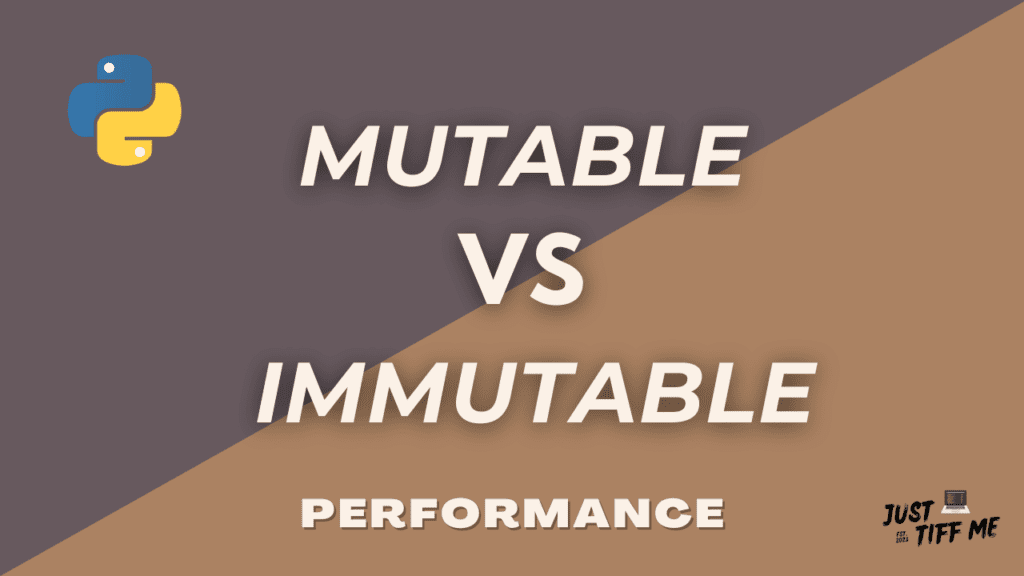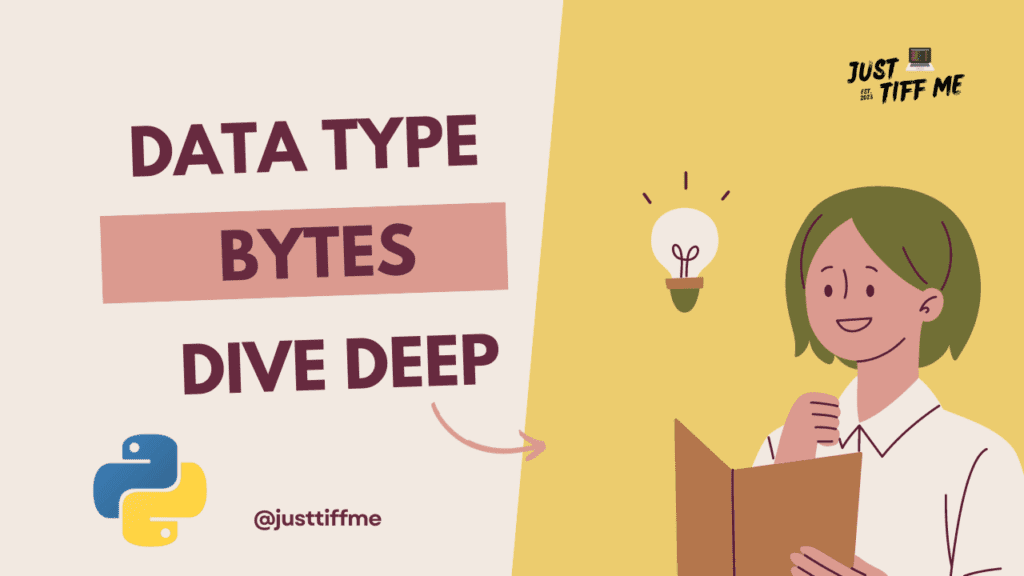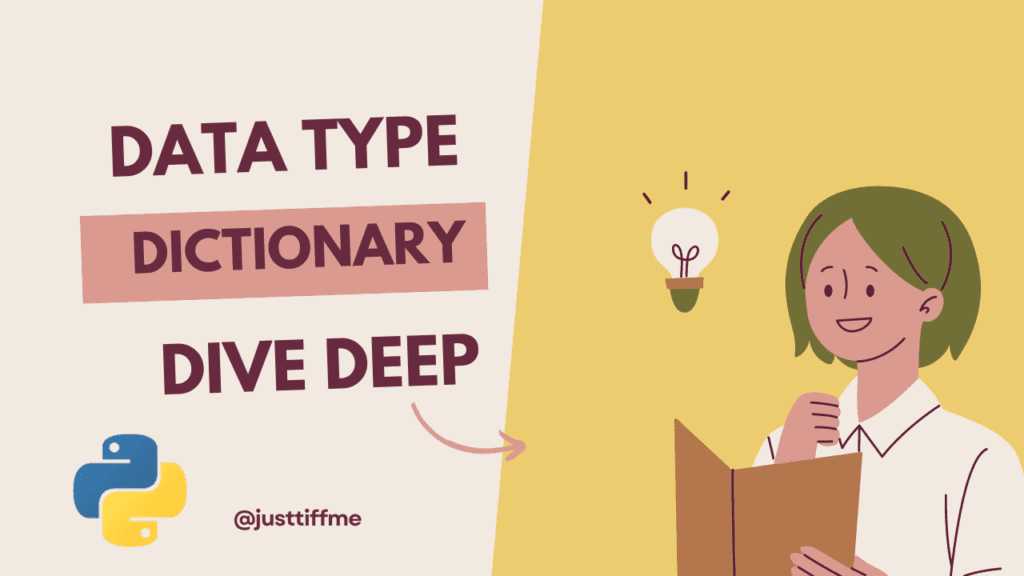Python String Manipulation Made Easy: A Comprehensive Guide
String manipulation in Python involves various operations to modify and process strings. Python provides several built-in functions and methods to work with strings effectively.Whether you’re working with text data in data analysis, developing web applications, or automating tasks, Python’s string manipulation capabilities empower you to handle and transform textual information with ease and precision. Understanding …
Python String Manipulation Made Easy: A Comprehensive Guide Read More »










